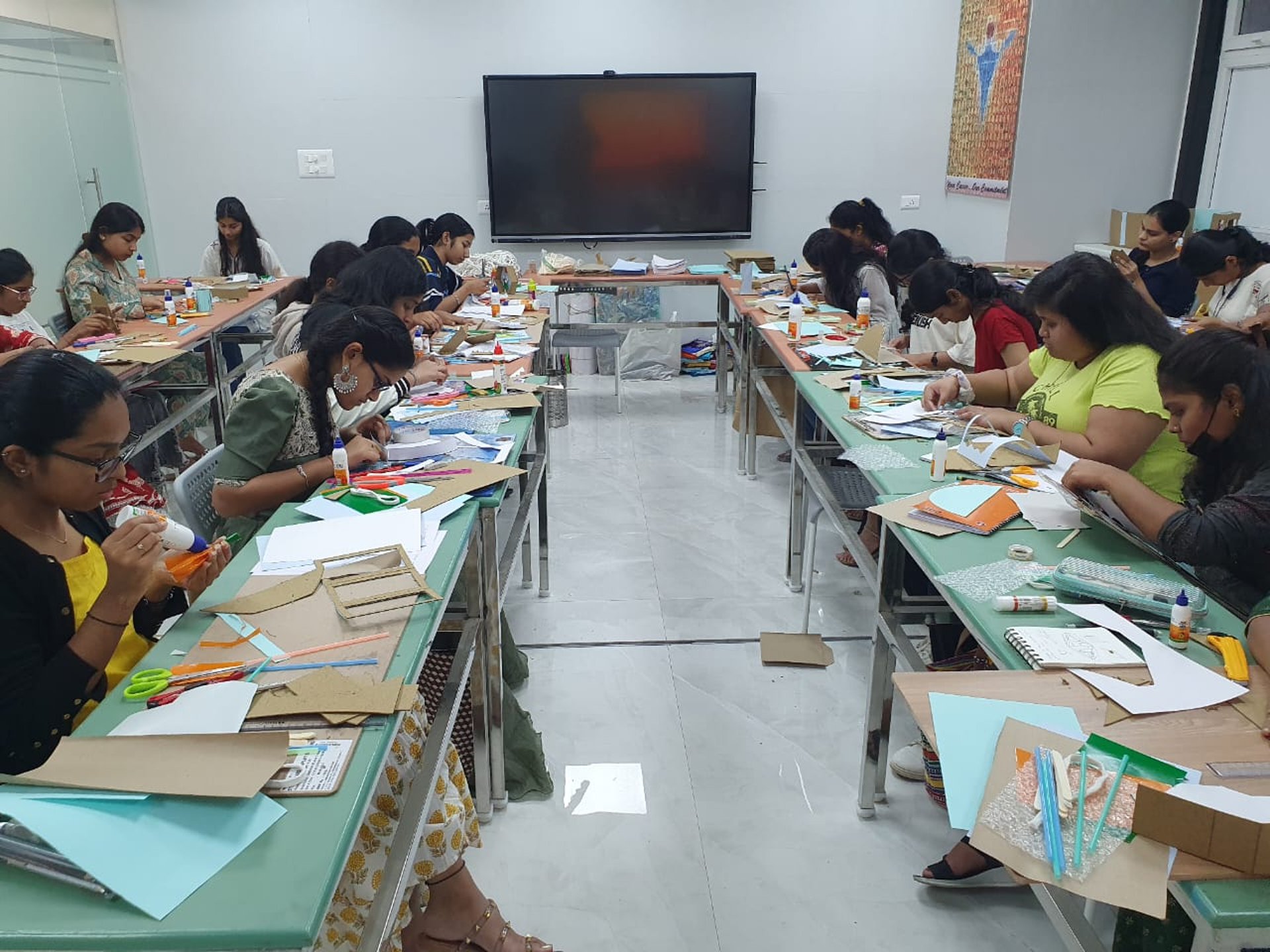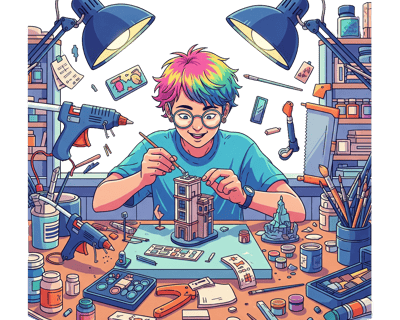
UCEED Coaching
Let your creativity ignite your path, turning every challenge into a canvas for triumph
What is UCEED?


Gateway to Premier Institutions
It is the main entrance exam for B.Des. programs at the highly prestigious IITs, which are renowned for their rigorous academic standards, excellent faculty, and strong industry connections in design.
Specialized Design Aptitude Assessment
UCEED is specifically designed to evaluate the innate creative and problem-solving abilities of young aspirants. It tests fundamental skills like observation, visualization, logical thinking, and environmental awareness, which are crucial for a design career.
UCEED stands for the Undergraduate Common Entrance Examination for Design. It is a national-level entrance examination conducted annually by the Indian Institute of Technology Bombay (IIT Bombay) on behalf of the UCEED Committee and the Joint Admission Board (JAB). Its primary purpose is for admission to Bachelor of Design (B.Des.) programs at various IITs (like IIT Bombay, IIT Delhi, IIT Guwahati, IIT Hyderabad, IIT Kanpur, IIT Roorkee, IIT Gandhinagar, IIT Jodhpur) and other prominent design institutes across India that accept UCEED scores. The exam assesses a candidate's aptitude for design, including their analytical and logical reasoning, visual perception, design aptitude, and general awareness, specifically tailored for undergraduate-level admissions.
Foundation for a Design Career
A B.Des. degree from a top institution provides a strong foundation for various design specializations (e.g., Product Design, Communication Design, Fashion Design, Interior Design, Animation Design, UX/UI Design). UCEED helps you get into these foundational programs.
Holistic Development
Design programs often focus on interdisciplinary learning, fostering not just technical skills but also critical thinking, communication, and collaborative abilities, which are vital for a successful design professional.
Industry Recognition
Graduates from IITs and other institutes that accept UCEED scores are highly regarded in the design industry, often leading to excellent placement opportunities and career growth.
Why UCEED?

CONTENTS of UCEED
The UCEED exam typically comprises two parts
Visualization and Spatial Ability
Ability to understand and manipulate 2D and 3D forms. Mental rotation, scaling, and transformation of objects. Identifying patterns and spatial relationships.
Observation and Design Sensitivity
Ability to critically observe details in everyday objects and environments. Awareness of aesthetics, design principles, and elements (color, form, texture). Understanding the role of design in society and culture.
General knowledge of history, art, culture, geography, and important current affairs, particularly those relevant to design. Awareness of environmental issues, sustainable practices, and socio-economic contexts affecting design.
Environmental and Social Awareness
English comprehension, grammar, and vocabulary. Ability to generate novel ideas and think unconventionally. Understanding of visual metaphors and creative expression.
Ability to analyze given information and make logical deductions. Problem-solving, sequence identification, analogy, and critical thinking. Verbal and non-verbal reasoning skills.
Language and Creativity
Analytical and Logical Reasoning
Part A (Computer-Based Test - Total 200 Marks)
This section assesses your general aptitude for design through objective-type questions (Multiple Choice Questions - MCQ, Multiple Select Questions - MSQ, and Numerical Answer Type - NAT). It usually covers:
CONTENTS of UCEED
The UCEED exam typically comprises two parts
Drawing & Sketching
Freehand sketching of objects, people, scenes, or concepts from observation or imagination. Emphasis on proportion, perspective, composition, light, and shadow. Ability to convey mood and expression through drawing
Design Aptitude / Creative Ability
Problem identification based on a given scenario or brief. Developing and communicating design ideas and solutions through sketches and diagrams. Storyboarding, visual narratives, and understanding user needs. Innovation and originality in proposed solutions. Basic understanding of materials, processes, and ergonomics in design. Written explanations to articulate design concepts and rationale.
Part B (Offline Test - Total 100 Marks)
This section evaluates your drawing, creative, and design problem-solving skills through subjective questions. It typically includes:
Frequently asked questions
What is [Your Brand Name]?
[Your Brand Name] is a [brief description of your business or service]. We are passionate about [your mission statement].
How does your product/service work?
We offer a [brief explanation of how your product or service helps your customers]. Our process is [simple/efficient/convenient] and [positive adjective] for you.
How much does it cost?
Our pricing varies depending on [what factors affect your price]. We offer a variety of options to fit your needs and budget. Please visit our [pricing page/contact us] for more information.
Do you offer [specific service inquiry]?
Unfortunately, we don't currently offer [specific service inquiry]. However, we do offer [alternative service] which might be helpful.
How can I contact you?
You can reach us by [phone number/email address/contact form link]. We are always happy to answer your questions.

The coaching helped me excel in my entrance exams for prestigious design colleges. Highly recommend!
Aditi Sharma

I gained confidence and skills for NID and NIFT exams through their excellent coaching methods.
Rahul Verma












